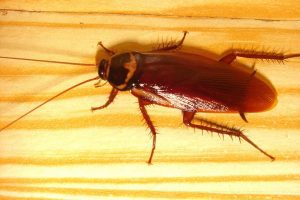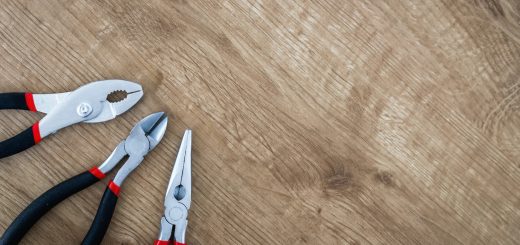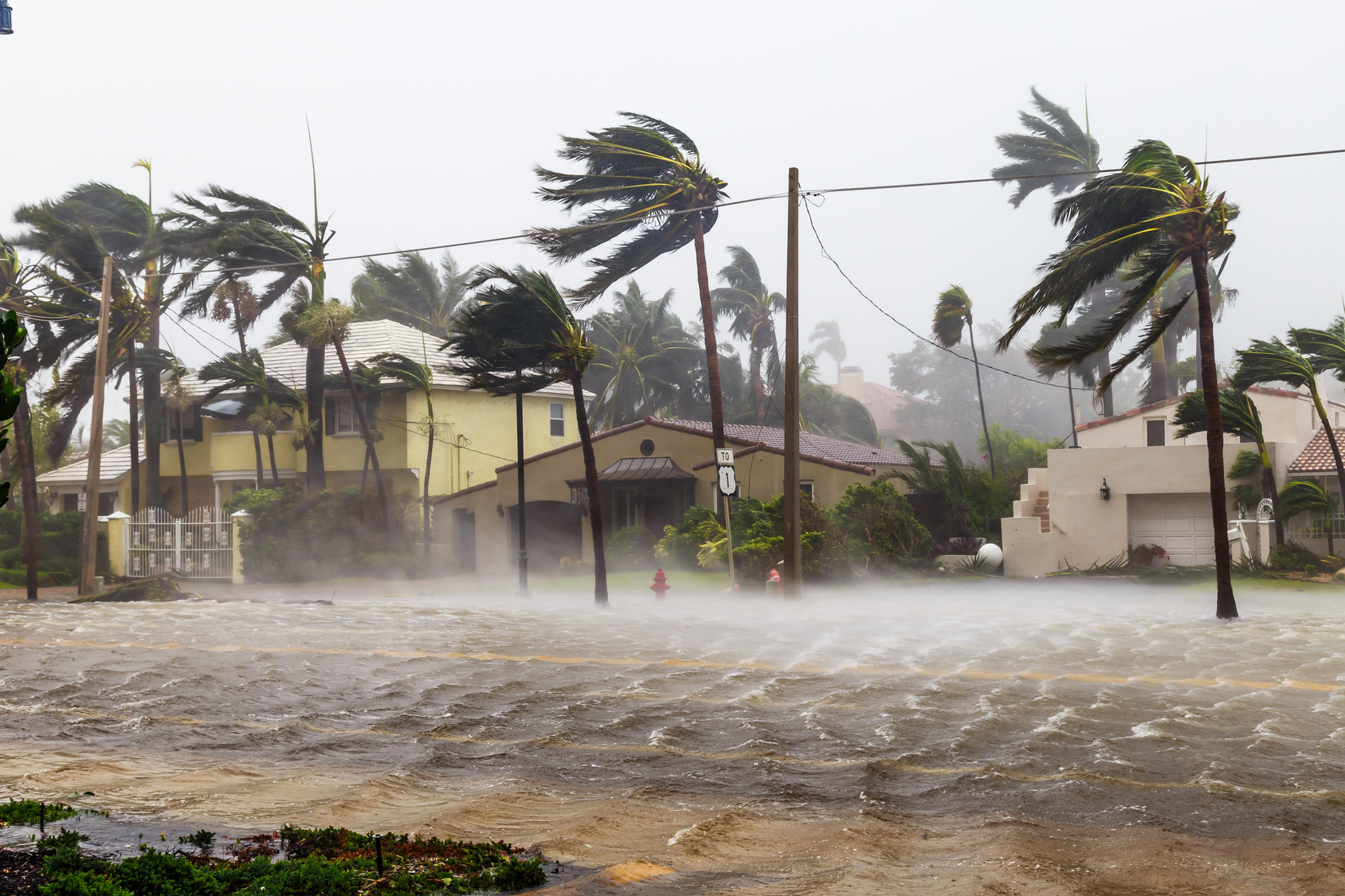Top 10 Tips to Prevent Pest Infestation in Your House
Proper home maintenanceMaintenance is the routine care, inspection, and repair of a... More is not only about keeping your home spic and span – it’s about keeping it free from pests too. A routine termite inspection is a must for every home; otherwise, you will be spending a lot of money on repairing the structural damage caused by them in your home.
While termites are the number one pest that can cause damage to homes, rodents, cockroaches, and others are also something you should watch out for.
Here are some signs of pest infestations:
- Pest droppings like fecal droppings or urine trailers are the biggest signs of a mammoth pest infestation.
- Rodents make nests out of whatever they have available, including paper, grass clippings, and leaves.
- Piles of wings are also a sign of an infestation of pests like termites.
- Piles of wood are also a sign of termite infestation.
Here are a few preventionPrevention refers to actions taken to reduce the likelihood ... More tips for keeping pests at bay:
1. Store Food Properly
Food items kept in the open are vulnerable to being magnets for bugs like cockroaches, flour moth larvae, and rodents.
Best Method of PreventionPrevention refers to actions taken to reduce the likelihood ... More
Keep open packets of food in air-tight food containers to avoid enticing pests into the kitchen.
2. Watch out for Pests on Your Pets
Pets are most vulnerable to getting infected by fleas. Cat fleas are the most common household flea, but dogs and birds are also susceptible to these biting bugs. Fleas can affect human beings too — their bites can leadLead is a heavy metal that can be toxic to humans, especiall... More to horribly itchy eczema!
Best Method of PreventionPrevention refers to actions taken to reduce the likelihood ... More
You can keep the fleas at bay by washing your pet’s bedding regularly, and vacuuming areas used by pets with a strong suction vacuum cleaner.
3. Seal Cracks and Crevices
All the creepy-crawlies in the world love dark and damp places. Slugs, cockroaches, and other pests camp in these dark and damp places in the daytime and venture into your home at night.
Best Method of PreventionPrevention refers to actions taken to reduce the likelihood ... More
Seal any cracks and crevices you have in your home where these pests might hide. Block up the gaps beneath and on top of the sink immediately, since many pests will use it to access the water source.
4. Don’t Stomp on a Bug
Your instant reaction when you see a bug is to stomp on it, and as tempting as that sounds, it might be a gateway to attracting more pests. Did you know that if you stomp on a cockroach, it can spread its eggs?
Best Method of PreventionPrevention refers to actions taken to reduce the likelihood ... More
It’s best to use an insecticide spray or let a residential pest control professional deal with bugs in your house.
5. Invest in a Good Vacuum Cleaner
Tiny bed bugs are hard to spot with the naked eye but can be a major problem since they can be transported to your home through your clothing and luggage. Once they invade your home, they are extremely hard to get rid of.
The only way to know if you have bedbugs is if you have telltale signs of blood and constant itching every morning when you get up.
Best Method of PreventionPrevention refers to actions taken to reduce the likelihood ... More
Invest in a good vacuum cleaner and keep the areas surrounding your bed and sofas uncluttered and vacuumed regularly.
6. Trim Plants in and Around Your House
Ants have a knack for finding a way back indoors through the smallest cracks, and through plants in and around your house.
Best Method of PreventionPrevention refers to actions taken to reduce the likelihood ... More
Keep at least a quarter or half foot clearance space between the soil around the foundation. Avoid stacking firewood next to the house too and maintain a neatly trimmed lawn.
7. Safeguard Your Chimney
Rodents and birds can invade your house through the chimney. Birds can bring with them numerous bacteria and virusesViruses are microscopic infectious agents that can only repr... More too.
Best Method of PreventionPrevention refers to actions taken to reduce the likelihood ... More
Install a chimney cap and screen to keep out rodents and birds.
8. Check Seasonal Clothing for Pests
Keep your favorite winter clothes and bedding safe when they are in storage — they might be summer vacation homes for pests.
Best Method of PreventionPrevention refers to actions taken to reduce the likelihood ... More
Prevent cloth beetles, silverfish, moths, and bedbugs by washing your winter wears and bedding properly and store them in plastic bags/containers with tight-fitting lids.
9. Keep the Kitchen Clean
A kitchen can be the breeding ground for all types of insects. If you want to prevent bugs from coming into your house, keep your kitchen spic and span.
Best Method of PreventionPrevention refers to actions taken to reduce the likelihood ... More
Keep your kitchen decluttered, well-ventilated, and free of food debris. This way, you’ll be preventing many of the pest problems that you might face.
10. Keep Your Home Moisture-Free
Pests thrive in humid, warm areas, and that’s why many areas of your home are like paradise to them.
Best Method of PreventionPrevention refers to actions taken to reduce the likelihood ... More
Make sure you keep your kitchen and bathrooms well-ventilated so that they stay dry and don’t become breeding grounds for pests.
Keeping your home free of pests has a lot of long-term benefits – your home will be free of diseases, and you will be saved from the cost of repairing structural damage. Especially during winters, it is very important to watch out for these common winter pests like mice, raccoons, bedbugs, and cockroaches in your house and take necessary steps to prevent them. Considering regular pest inspections by calling a nearby exterminator is the best option to keep your house pest-free.
If your home is affected by floodingFlooding is the overflow or accumulation of water in areas t... More or moisture, you need to call a water damage restoration professional to take care of the problem. Removing the excess water and moisture will help prevent pest infestations as well as structural damage and moldMold is a type of fungus that grows in damp or humid conditi... More growth.












